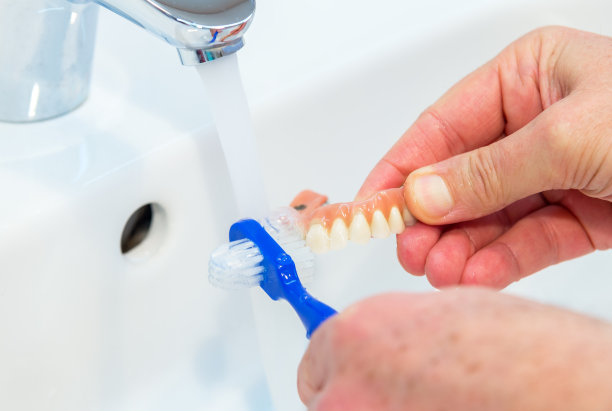The Essential Guide to Extracting a Tooth Painlessly and Safely for Long-term Dental Health
Summary: Extracting a tooth can seem daunting, but it’s essential for maintaining long-term dental health. This comprehensive guide outlines the process of painless and safe tooth extraction, emphasizing four key aspects: understanding when extraction is necessary, preparing for the procedure, managing post-extraction care, and ensuring long-term dental health afterwards. By breaking down these critical components, we aim to alleviate fears around tooth extraction and promote optimal recovery. With the right knowledge and preparation, patients can navigate this process with confidence and ease.
1. Knowing When Tooth Extraction is Necessary

Tooth extraction is often a last resort, reserved for specific situations where the risks of keeping a tooth outweigh the benefits. One common reason for extraction is severe decay that compromises the tooths structure. In these cases, if less invasive treatments like fillings or crowns are insufficient, extraction becomes a viable option.
Another situation that may warrant extraction is periodontal disease, which can result in the loss of supporting bone around teeth. When a tooth is deeply impacted by this condition, it poses a risk for further infections and can affect neighboring teeth, making extraction necessary.
Lastly, overcrowding is a legitimate concern, particularly before orthodontic work. If teeth are too crowded, it may hinder effective alignment; therefore, removing one or two teeth can pave the way for a more successful orthodontic outcome.
2. Preparing for a Painless Extraction
Preparation is crucial for a seamless tooth extraction experience. The first step is to consult with a qualified dental professional who can assess the situation and recommend the best course of action. This consultation typically includes X-rays to better visualize the tooths condition and its roots.
Prior to the extraction, its also essential to inform your dentist about any medications or supplements you are taking. This information helps determine if any adjustments are needed to ensure a safe procedure.
Lastly, mental preparation can be just as important as physical preparation. Understanding the procedure—how it will be performed and what to expect—can help alleviate anxiety. Positive visualization techniques or deep breathing can calm your nerves leading up to the appointment.
3. Effective Post-Extraction Care Strategies
Post-extraction care is critical to speeding up recovery and ensuring that complications don’t arise. Initially, it’s important to follow your dentists advice regarding medication and pain management. Over-the-counter pain relievers may be recommended to help manage discomfort in the initial days following extraction.
In addition to medication, maintaining oral hygiene is crucial. However, patients should avoid rinsing vigorously or using a straw for at least 24 hours after the procedure, as these actions can disrupt the blood clot and lead to dry socket, a painful condition.
Hydration and diet also play significant roles in recovery. Soft foods are advisable for the first few days; options like yogurt, mashed potatoes, and smoothies can keep you nourished without causing irritation to the extraction site. Staying hydrated is equally essential in maintaining overall well-being.
4. Ensuring Long-term Dental Health Post-Extraction
Once recovery from the tooth extraction begins, the focus should shift toward maintaining long-term dental health. This includes scheduling regular dental check-ups to monitor the condition of remaining teeth and gums, which allows for early detection of any issues.
Further, the integration of good oral hygiene habits is vital. Brushing at least twice a day, flossing daily, and using mouthwash can prevent potential complications and promote overall dental health.
Lastly, a balanced diet rich in vitamins and minerals can bolster gum health and prevent tooth decay in remaining teeth. Foods high in calcium and phosphorus, along with reduced sugar intake, contribute to stronger teeth and a healthier mouth overall.
Summary:
In conclusion, understanding when a tooth extraction is the best option, effectively preparing for the procedure, managing post-extraction care, and promoting long-term dental health is essential. Each of these components plays a vital role in ensuring a painless and successful extraction experience.
With proper guidance and care, patients can approach tooth extraction with confidence, knowing they are taking necessary steps toward optimal dental health. If youre hesitant or unsure about an extraction, consult with your dental professional today for personalized advice and care.
This article is compiled by Vickong Dental and the content is for reference only.



